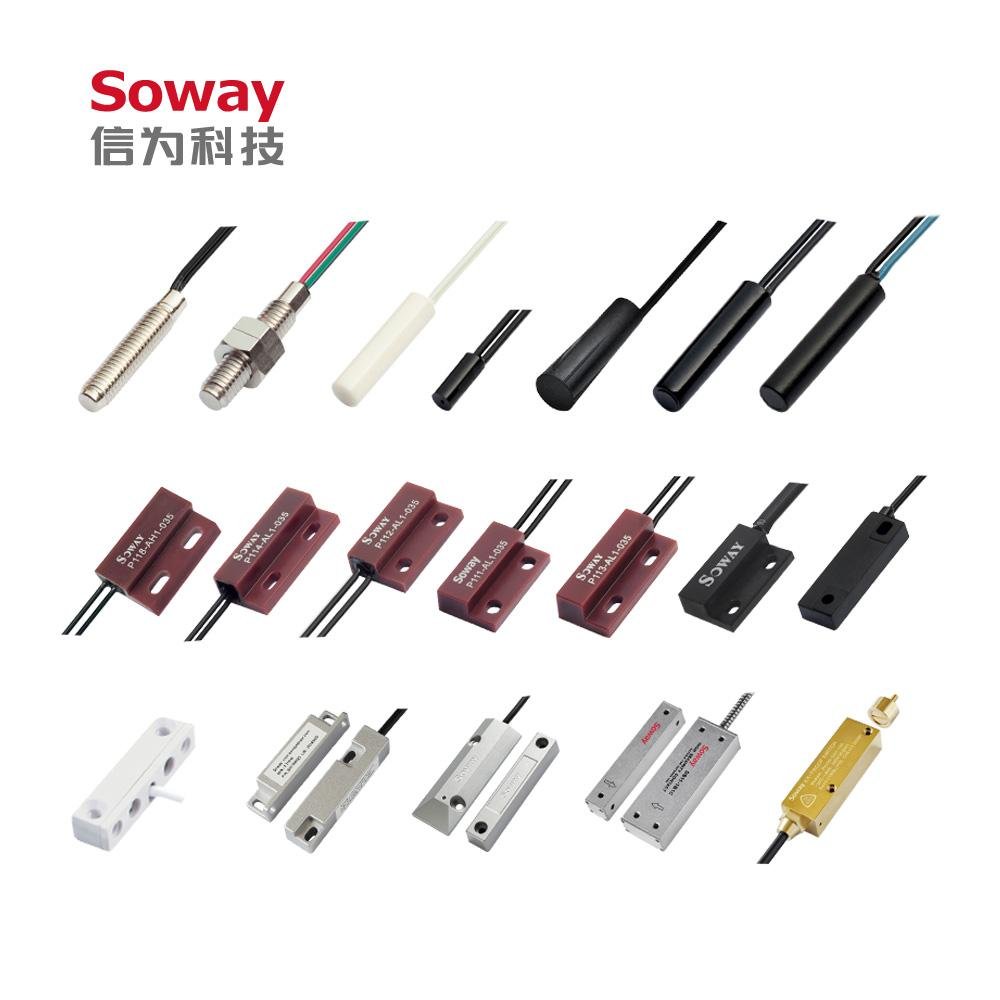Sensors, The Bridge of Smarter Cities
It is predicted that in the next decade, the number of sensor, including LVDT sensor, proximity sensors, level sensors, etc industrial sensor and the terminals connecting to these sensor market size to realize forming smarter cities worldwide will reach 40 billion. There is no doubt that smart cities will become another billion-dollar market for the sensor industry. In the fields of smart grid, intelligent transportation, intelligent security and other urban life, the substantive construction and pilot planning of relevant smart cities have been gradually carried out.
Sensor application in smart grid
The application of sensors in smart grids is to use sensors to quickly and directly measure the quality and fault location of certain power products and conduct online monitoring. At present, the concept of smart city and smart grid advocated is fundamental: the terminal power information collection system needed to build a smart grid largely refers to the sensor network, the construction of smart grid directly drives the sensor market, and at the same time, It is to meet the needs of smart grid upgrades in the future, and power system sensors are also thinking about smart, systematic, and networked.
Application of sensors in the construction of smart cities
The basic requirement of a smart city is that the objects in the city are connected, and each object that needs to be identified and managed needs to be equipped with a corresponding sensor. Therefore, the upgrading of sensors has become the key to the rapid development of smart cities.
Sensor application in smart transportation
Through the transformation of the traditional transportation system, the intelligent transportation system urgently needs to improve the informationization, intelligence, integration, and network of the transportation system, and intelligently collect information such as traffic information, traffic, noise, road surface, traffic accidents, weather, temperature, etc., thereby protecting people. The interaction between the car, the road and the environment, thereby improving the efficiency and mobility, safety, accessibility and economy of the transportation system, and achieving the effect of protecting the environment and reducing energy consumption.
The sensor network composed of sensors can provide an effective means for information collection of intelligent transportation systems. Detecting vehicles at various intersections, simplifying according to the results, improving signal control, and improving traffic efficiency, truly solving the problem of traffic safety and smoothness that plague the city.
Sensor application in automatic driving
At present, the most popular auto-driving field, its sensor usage has reached hundreds of billions of yuan: Autopilot is a car that can drive automatically without manual intervention, and it is likely to represent the future driving style. According to the IHS Automotive Research Report, automotive sensor companies and markets that have helped create this engineering miracle have emerged and will continue to grow at a rapid rate in the coming years.
For example, from the basic part of autonomous driving, according to the data of China's high-end sensor industry market demand and investment planning analysis report for 2016-2021, parking assist sensors and lane departure warning sensors will only appear in autonomous driving applications. Both types of sensors are expected to grow strongly each year for the next five years.
